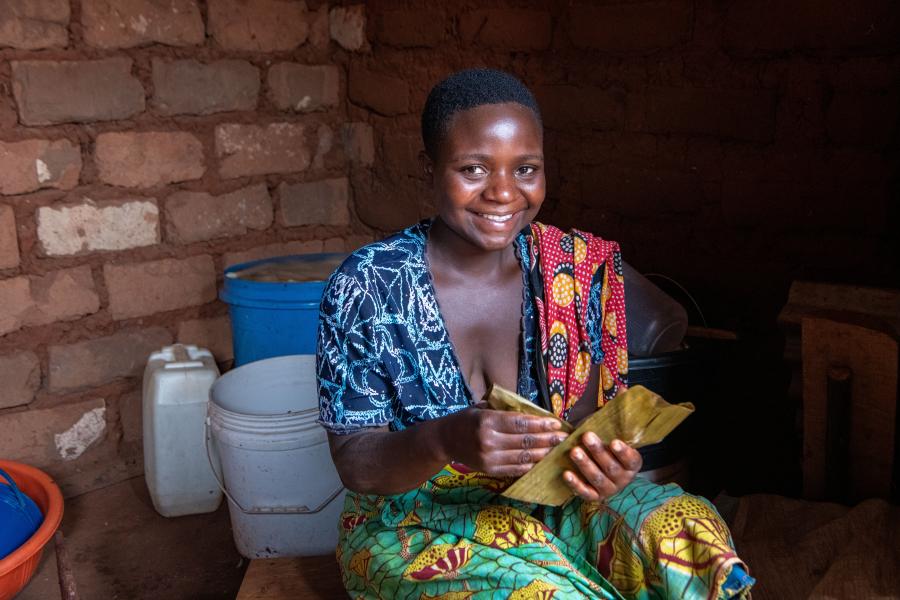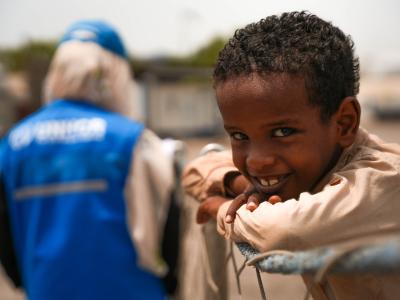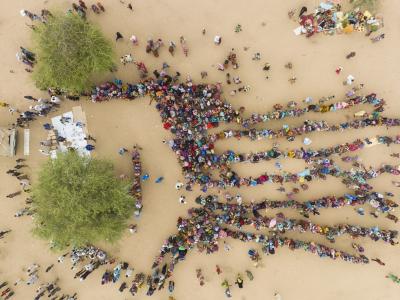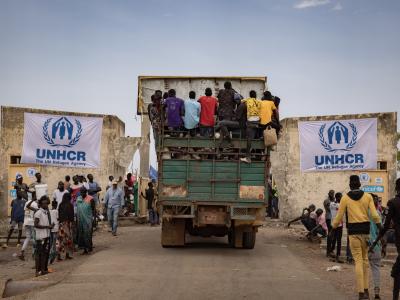The ideal solution to forced displacement should be a safe, dignified and voluntary return to the place of origin. Unfortunately, for the vast majority of refugees, 2023 did not bring sufficient peace for them to return to their homeland and millions of people – for example Syrians, Ukrainians, Afghans, South Sudanese, Sudanese, Venezuelans, stateless Rohingya, Congolese and Somalis – spent another year in exile.
Many have spent years, if not decades, waiting, and in 2023 there were 59 protracted refugee situations – defined as at least 25,000 refugees from the same country living in exile for more than five years – in 37 countries. Surveys of refugees’ intentions, such as those of Syrian and Ukrainian refugees, consistently show that most hope to return.
Globally, however, at just over 1 million, the number of refugee returnees was less than the 1.3 million who returned in 2022. Almost 387,000 of those returning in 2023 were South Sudanese who had fled the conflict in Sudan and returned in less than ideal circumstances.
The number of people returning from internal displacement fell by 39% to 5.1 million. More than 4 million of these returns were in just four countries: the DRC, Ukraine, Ethiopia and Central African Republic.
Overall, 158,665 refugees departed on resettlement in 17 countries, an increase from 114,280 in 2022, when 22 countries admitted people on resettlement. 96,311 of these departures were facilitated by UNHCR in 2023, the second highest number since the millennium. However, UNHCR had projected two million people were in need of resettlement in 2023, and in both 2022 and 2023 the number of departures covered less than 8% of the total estimated need. Moreover, the average processing time from the submission of the resettlement case to the actual departure grew to 783 days on average in 2023, from 751 days in 2022.
Granting nationality is a definitive solution to the lack of nationality of stateless people. The numbers of stateless people being granted a nationality remained stable at 32,150 people in 2023, compared to 32,426 in 2022. The total number of stateless people and persons of undetermined nationality reported in UNHCR statistics held at around 4.4 million, but the momentum towards gathering better data on statelessness and eradicating it continued.
In 2023, 6.4 million refugees were granted residency or confirmed their residency status (in 102 countries of asylum). This is a steady trend as in 2022 residency status was granted or confirmed for 6.6 million refugees (in 97 countries). There was however no notable shift in momentum towards local integration, as less than 25% of refugees and asylum-seekers (from 26 of the 41 reporting country operations) had secure access to housing and land, while the majority of refugees and asylum-seekers (from across 49 reporting country operations) were not covered under national social protection systems.
Financial overview
Budget and expenditure
-
UNHCR’s 2023 budget for this Impact Area was $1.140 billion or 10.9% of programmed activities.
-
Expenditure of $511.7 million accounted for 9.9% of total expenditure, an increase of $11.8 million or 2.4% when compared to $499.8 million in 2022.
-
The largest budgets were for Iraq, Afghanistan, Somalia and Mexico.
Global expenditure and budget for Impact Area "Solve"
$512 million spent against a budget of $1.140 billion
$628 million of unmet needs or 55% of the budget




